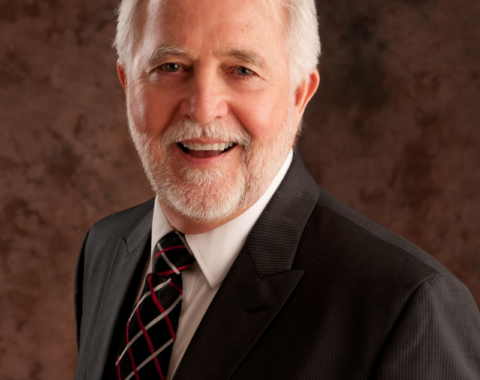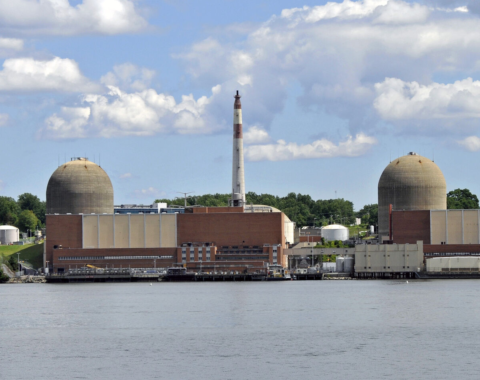Nearly six years after the decision to close California’s last nuclear power plant, Diablo Canyon, Governor Gavin Newsom says he is considering applying for federal funding that would keep it open past its scheduled 2025 closure. He said this move could avoid rolling blackouts and power shortages as the state transitions to renewables and braces for more extreme heat, wildfires, drought, and floods. But he only has until July 5th to apply for the funding and would also need Pacific Gas & Electric, to agree and get on board. According to a 2021 Stanford and MIT Study, keeping Diablo Canyon open could save an estimated $2.6 billion in power system costs from 2025 to 2035. And with the recent spike in the cost of natural gas, nuclear power plants are even more competitive. Here are five key takeaways to consider:
- Diablo Canyon supplies enough power for 3 million people.
- California imports power from other nuclear-powered facilities in Arizona and Washington.
- CPUC, NRC, FERC, and NERC issues must be resolved to expedite the renewal process – it could be that it is just too late to make this happen.
- Nuclear power produces no greenhouse gas emissions, but elevated cooling water temperatures are returned to its cooling source (for Diablo Canyon the ocean), and spent nuclear fuel is left after operation, which must be disposed of safely.
- To offset the loss of Diablo Canyon (2,240 MW) and maintain a carbon-neutral grid by 2045 would require more energy storage – at least 18 gigawatts of solar power. Building those solar facilities will require 90,000 acres of land compared to the 900-acre site. This could be a real challenge due to an executive order requiring the state to preserve 30% of its natural and coastal lands by 2030.



